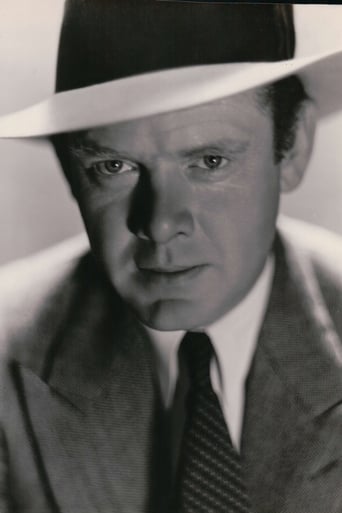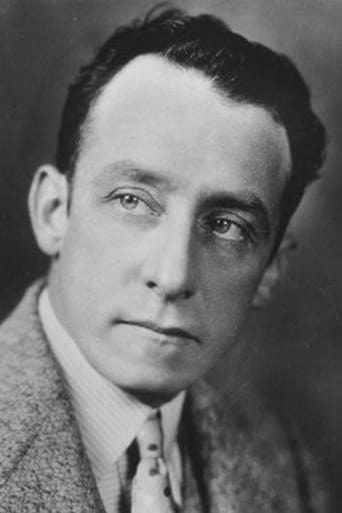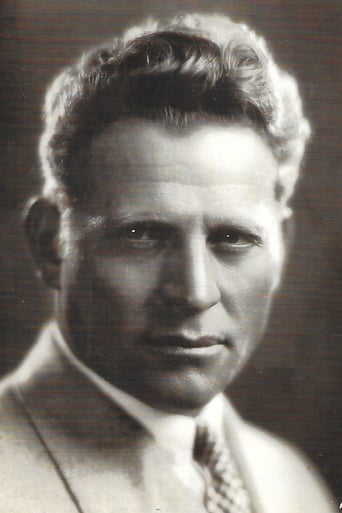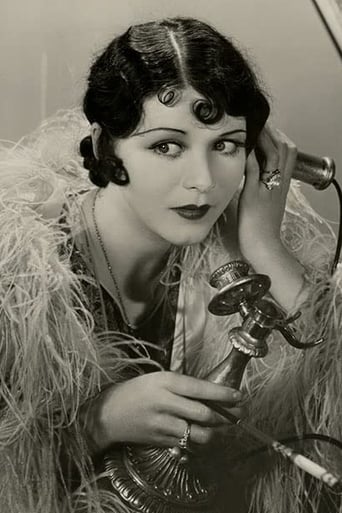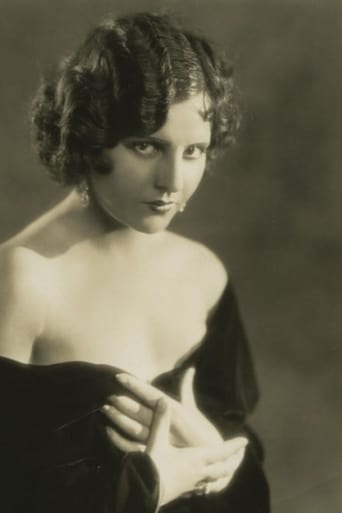Claire Dunne
One of the worst ways to make a cult movie is to set out to make a cult movie.
Ezmae Chang
This is a small, humorous movie in some ways, but it has a huge heart. What a nice experience.
Jemima
It's a movie as timely as it is provocative and amazingly, for much of its running time, it is weirdly funny.
Lela
The tone of this movie is interesting -- the stakes are both dramatic and high, but it's balanced with a lot of fun, tongue and cheek dialogue.
dougdoepke
An overlooked gem from 1929. The premise has been remade a number of times, but I can't imagine any being better than this. I hope the three godfathers, actors Hatton, Bickford & Kohler, got big bonuses. They clearly deserve hazard pay for filming in the middle of nowhere. Looking like a parched pancake, it's a nowhere desert the three fugitives must limp across. Worse, there's no sign of relief in any direction. Yeah, they're tough guys, but this is a battle with nature in the raw, a desolate face that's both unyielding and waterless. And catch the rags the guys are wearing. The tatters get even holier as they trudge along. Wardrobe must have shopped on skid row, while I doubt that a grubbier threesome has appeared in Hollywood annals.Speaking of holy, there's a subtext of Christian symbolism to the story, without rubbing our nose in it. Note, for example, the brief cross-shaped cactus providing comfort to the martyred Barbed-Wire as his two buddies depart. Good subtle detail. Then again, the results suggest something of the Three Wise Men, western style. After all, when Mom dies, the three bank robbers are gradually redeemed by their care for the infant boy under what amounts to self-sacrificing circumstances. Their desert trek then becomes a moral proving ground the outlaws must cross in order for symbolic redemption to occur. At the same time, delivering the infant to the altar on Christmas day closes the Three Wise Men loop. By that time, each has shown a higher regard for the infant than himself. Nonetheless, I like the brief moments when the guys show their masculine libido. For example, Bob enjoys biting saloon girls in erotic fashion, while he and Bill jockey over who gets firsties with the girl in the covered wagon. Thankfully, filming was prior to the dead hand of Hollywood's censorship code. Anyway, it's legendary William Wyler's first talky and he hits a homerun, with both staging and performances. In fact, some of those desolate shots against the sky are downright iconic, proving again that artistry surpasses time. Also, the acting's first-rate. Seldom has a trio of tough guys interacted with such unforced naturalness, conveying a rare level of male bonding.. Too bad grubby Oscars aren't awarded for best shabby characters, because these three rank right up there with Sierra Madre's Bogart and Huston. So, don't pass this one up despite its obscurity. I'm really glad an old movie fan put me on to it, and I think you will be too.
MartinHafer
This is the third sound remake I have seen of this film. It already has been filmed as Broncho Billy and the Baby (1915), The Three Godfathers (1916), Marked Men (1919), Three Godfathers (1936), 3 Godfathers (1948) and The Godchild (1974) according to IMDb. I think it's time they stopped remaking this film--and fortunately, this has been the case for the past 35 years. While I am a fan of John Wayne, I really think his 1948 version is far from the best.One of the first things you may notice about this 1930 version is its absence of incidental music. Like all the films from 1929-1931 (give or take), they still hadn't perfected how to do this. In many of these films, to have this music meant having an orchestra just off camera! And, since this is an outdoor film AND most of these early films only used music sparingly, you will notice how quiet the film is. However, it is fortunate that otherwise the sound is very good--and it's easy to understand the voices in the film--something that isn't always the case.The plot is pretty much the same as the other films. Three bandits rob a bank and make a getaway. On their trek across the desert, they stumble upon a lone wagon without an animal to pull it. Inside is a pregnant lady about to give birth. These desperate criminals find it within themselves to help the lady and even take the child with them back to civilization after she dies. This is even at the possible cost of being caught and having to share what little water they have to get the kid to safety. Their selflessness is a sharp contrast to who they were when the film began and the story is all about hope and redemption.Overall, it's a very good story and of the three versions I have seen, I still think the 1936 version with Lewis Stone is the best and the 1930 version comes next. The 1936 film lacks the sappy sentimentality of the later John Wayne version and the acting is simply better than this 1930 version. I think because sound was such a new medium, the actors in the 1930 film tended to over-annunciate their lines and tended to sound a bit fake. This stiffness undoes some of the impact of the movie. My choice for the best of these is pretty funny, actually, considering that two great directors made the versions I liked less--John Ford (1919 and 1948) and William Wyler (1930). Lowly Richard Boleslawski made the 1936 remake! Go figure.So, if you are a film nut like me, try seeing them all! But, if you are a normal and well-adjusted person, you'll probably only want to see one--make it the '36 film. It has a great cast and delivers the best punch.
nellybly
Much tighter and less bloated with extra characters and subplots than the later versions. The story has enough plot on it's own. It avoids the pitfall of being syrupy, a pitfall that the John Wayne version does not avoid. It's not the sanitized west of most films of the genre. You just know that those hombres hadn't bathed in a month of Sundays. The film gets right down to business. It avoids another pitfall, as well. Early talkies tended to be just that--talkie. This film makes good use of visuals in developing the characters and moving along the story. It has much more of the feeling of the just past silent era about it than the just arrived talkie era.
rsyung
There is something captivating about this, the second film adaptation of Three Godfathers. For one, the settings bear the marks of reality.the dusty western town surrounded by vistas of nothingness.the gritty contrast thrown into stark relief by the desert sun. I kept wondering why this film's settings seemed like the real west(or at least my imaginings of it) so much more than today's westerns. Perhaps it was merely the fact that this film, from '29 was only that many years from the real thing. Another early talkie which benefits from the technological limitations of the time. No music scoring.just the plodding of boots, horse's hooves, and the spare dialogue of the three characters. It brought home the isolation of the main characters and the desolation of their surroundings. Yes, the ending was symbolically top-heavy and dialogue was stagy, but there was still that economy of story Hollywood so sadly lacks now. Point made, fade out.
